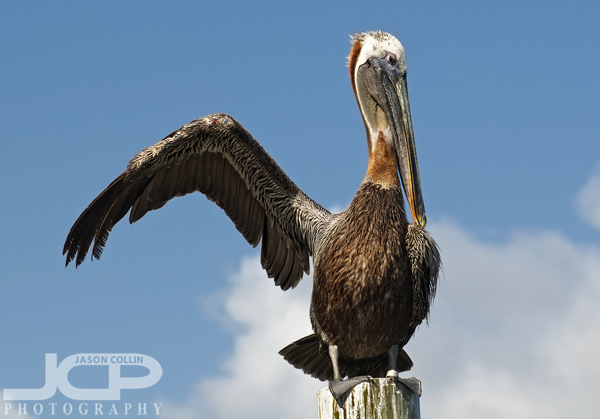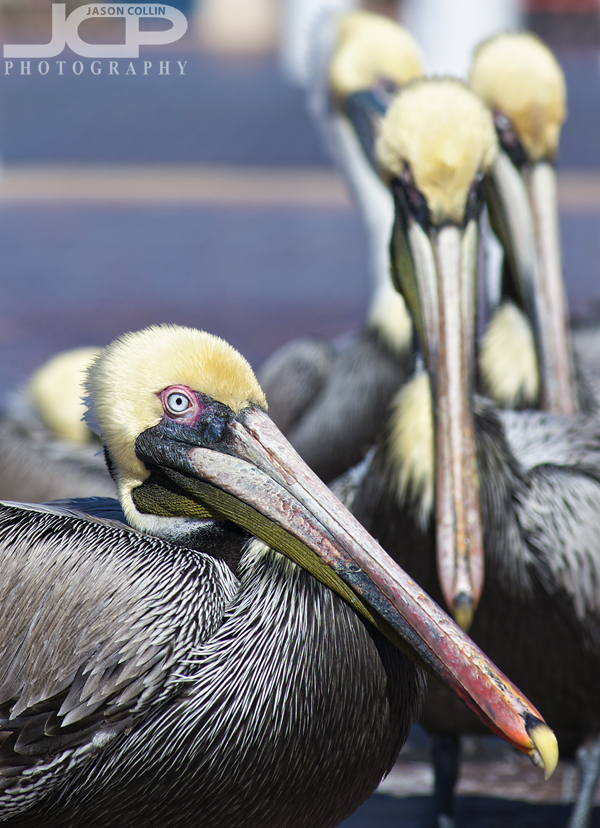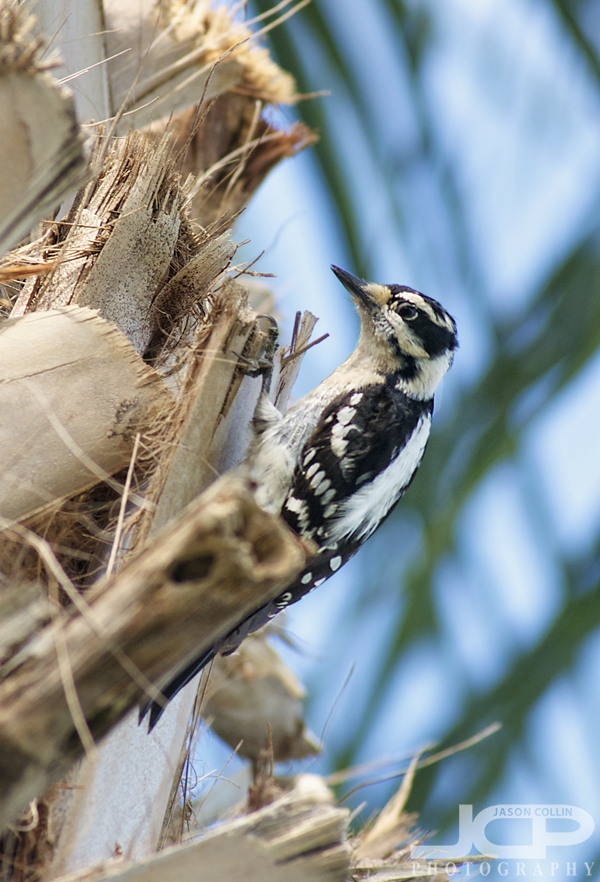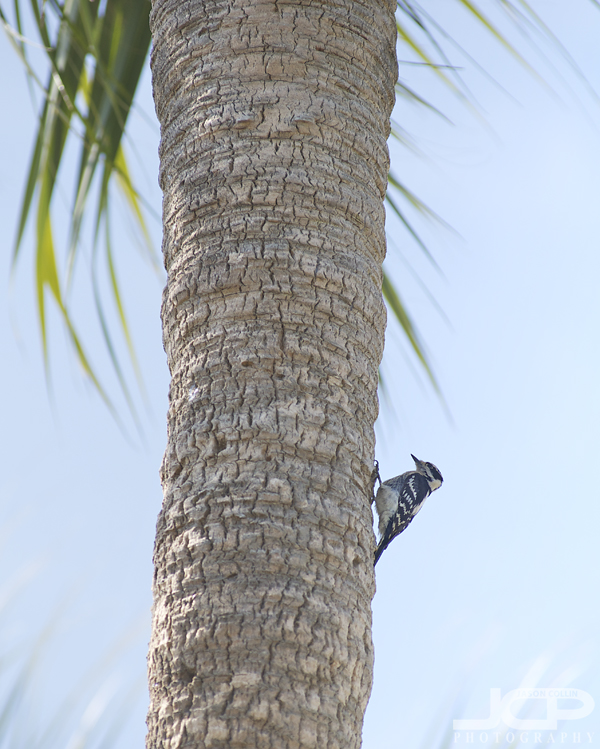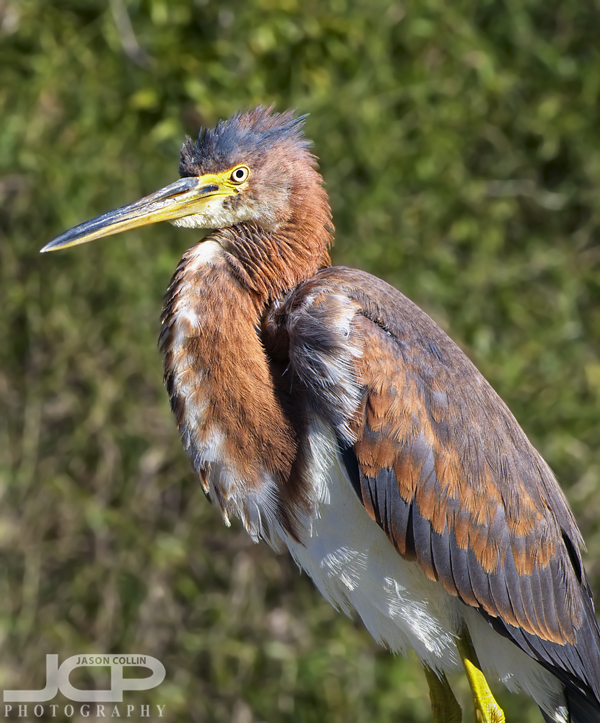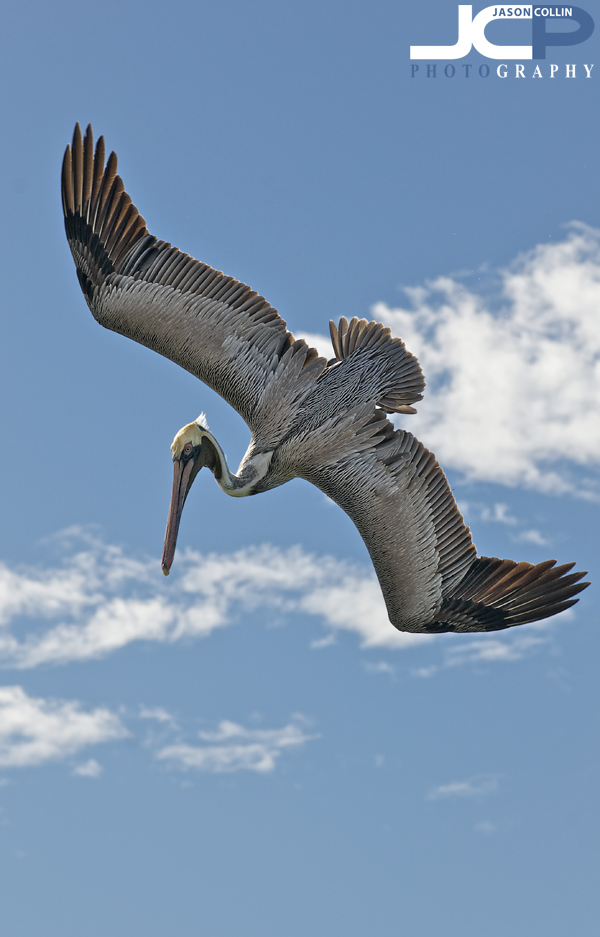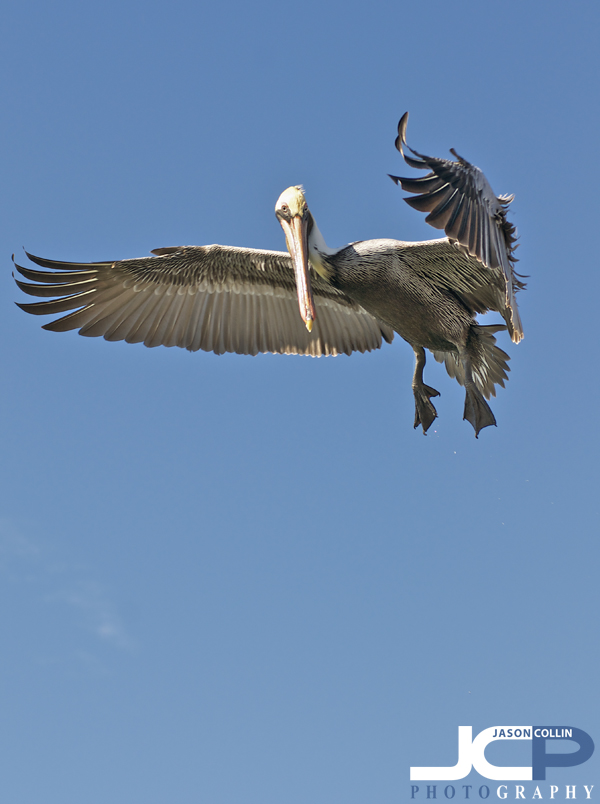 Me and Kiki huddling in the shade in the middle of the Jay B Starkey Wilderness Park desert - Nikon D300 Tamron 17-50mm @ f/8 ISO 200 1/100th self-timer camera on groundSeeking a desert, Kiki and I returned to Jay B. Starkey Wilderness Park which has long trails made up of sandy fire roads with little tree cover. Why seek a desert? Because yesterday I heard America's "Horse With No Name" and it became the theme for today's outdoors adventure. There were other reasons for seeking a desert too, but those are more omnipresent and need not be singled out. Our first visit to this park was back in November of 2009, and based on the lead image of that post and the one below, you can see how my HDR technique has improved in the past three years (no more ghosting!).
Me and Kiki huddling in the shade in the middle of the Jay B Starkey Wilderness Park desert - Nikon D300 Tamron 17-50mm @ f/8 ISO 200 1/100th self-timer camera on groundSeeking a desert, Kiki and I returned to Jay B. Starkey Wilderness Park which has long trails made up of sandy fire roads with little tree cover. Why seek a desert? Because yesterday I heard America's "Horse With No Name" and it became the theme for today's outdoors adventure. There were other reasons for seeking a desert too, but those are more omnipresent and need not be singled out. Our first visit to this park was back in November of 2009, and based on the lead image of that post and the one below, you can see how my HDR technique has improved in the past three years (no more ghosting!).
 Most of the 3-mile Loop Trail of Jay B Starkey Wilderness Park is desolate - Nikon D300 Tamron 17-50mm @ f/11 ISO 200 3-exposure HDR handheldWandering for 5-miles (including the beginning 1.9 mile loop) in mostly desert trails with the strong Florida sun beating down on you may not sound that appealing, but it is exceptionally good for producing clarity of mind, if not clarity of photographs. I cannot speak for Kiki, but the desolate trails provided exactly the environment I wished to be in. We saw not a single human our entire time out there. If you do not count the countless ants and flying insects, and the two birds' shadows I saw fly by (I did not use the energy to lift my head toward the sun to see them), then the only creature we encountered was a friendly gopher tortoise, who kindly yielded the right-of-way to us. I am fascinated by the mechanical movement of tortoises and how they can withdraw from the world anywhere they want to. I did not stop to photograph him, because in the desert you risk forgetting even your own name. Indeed we took refuge for awhile at the max point out in the desert under a very well placed roofed picnic table (top image). Kiki dug a hole to cool off in as I took a few photos. Once she had sufficiently ceased panting, we continued on, though I know shade break or not, we were good for more miles.
Most of the 3-mile Loop Trail of Jay B Starkey Wilderness Park is desolate - Nikon D300 Tamron 17-50mm @ f/11 ISO 200 3-exposure HDR handheldWandering for 5-miles (including the beginning 1.9 mile loop) in mostly desert trails with the strong Florida sun beating down on you may not sound that appealing, but it is exceptionally good for producing clarity of mind, if not clarity of photographs. I cannot speak for Kiki, but the desolate trails provided exactly the environment I wished to be in. We saw not a single human our entire time out there. If you do not count the countless ants and flying insects, and the two birds' shadows I saw fly by (I did not use the energy to lift my head toward the sun to see them), then the only creature we encountered was a friendly gopher tortoise, who kindly yielded the right-of-way to us. I am fascinated by the mechanical movement of tortoises and how they can withdraw from the world anywhere they want to. I did not stop to photograph him, because in the desert you risk forgetting even your own name. Indeed we took refuge for awhile at the max point out in the desert under a very well placed roofed picnic table (top image). Kiki dug a hole to cool off in as I took a few photos. Once she had sufficiently ceased panting, we continued on, though I know shade break or not, we were good for more miles.
 I did not touch this tree - Nikon D300 Tamron 17-50mm @ f/8 ISO 200 3-exposure HDR handheldOnce back in the corral area, I chomped on a few crackers and Kiki a dog biscuit, and we both took water. Just as we arrived back I noticed off to the side a very peculiar tree. I saw none in such condition anywhere else in the park, not even in the middle of the desert trail where one would think such a tree would be found. This scary tree was right next to the campground (see blue tent). I would not want to get the campsite within eyeshot of it.
I did not touch this tree - Nikon D300 Tamron 17-50mm @ f/8 ISO 200 3-exposure HDR handheldOnce back in the corral area, I chomped on a few crackers and Kiki a dog biscuit, and we both took water. Just as we arrived back I noticed off to the side a very peculiar tree. I saw none in such condition anywhere else in the park, not even in the middle of the desert trail where one would think such a tree would be found. This scary tree was right next to the campground (see blue tent). I would not want to get the campsite within eyeshot of it.
It was a good visit to Jay B. Starkey Wilderness Park and if you do go make sure it is as early as possible to avoid the hot Florida sun, bring lots of water as there is none on site for humans and prepare to cross a desert.
J.B. Starkey Wilderness Park:
- 10500 Wilderness Park Boulevard
New Port Richey, FL 34655
- hours sunrise to sunset
- dogs ok!
- camping - car, primitive & backcountry
 Space Stars Earth Cloud Lightning Florida - Nikon D300 Nikkor 80-200mm @ f/5.6 ISO 200 20.4 sec bulb mode tripod mounted with cable release
Space Stars Earth Cloud Lightning Florida - Nikon D300 Nikkor 80-200mm @ f/5.6 ISO 200 20.4 sec bulb mode tripod mounted with cable release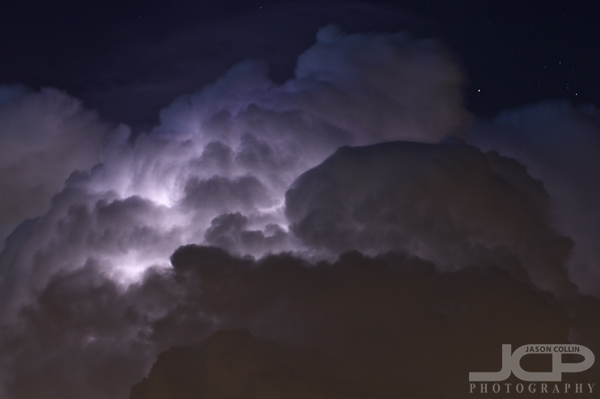 Clouds illuminated from within before the night sky - Nikon D300 Nikkor 80-200mm @ f/5.6 ISO 200 14.7 sec bulb mode tripod mounted with cable releaseStill, the lightning was very elusive and most of my shots turned out like the one above, revealing only the flash, not the bolt.
Clouds illuminated from within before the night sky - Nikon D300 Nikkor 80-200mm @ f/5.6 ISO 200 14.7 sec bulb mode tripod mounted with cable releaseStill, the lightning was very elusive and most of my shots turned out like the one above, revealing only the flash, not the bolt. 
